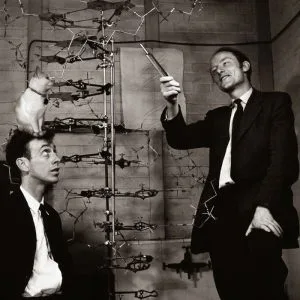Big Vape: New Netflix Documentary on Juul Tells a Controversial Story
“Big Vape: The Rise and Fall of Juul” delves into the dramatic trajectory of the Juul vaping device, chronicling its meteoric rise and eventual downfall. A 4 part docu-series is premiering on Netflix, on October 11. The docu-series will be depicting the drastic rise and fall of the infamous vaping device, the Juul. It’s called … Read more






